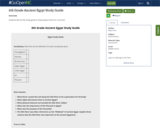
Students will use the study guide to help prepare them for a unit test.
- Subject:
- World History
- Material Type:
- Assessment
- Author:
- Mary Price
- Date Added:
- 05/16/2021

Students will use the study guide to help prepare them for a unit test.

Containing more than 50 articles from the award-winning Tar Heel Junior Historian magazine and over 40 lesson plans, this multidisciplinary Educator Notebook will enrich your exploration of North Carolina and American history with diverse perspectives. This resource's link takes you to a very short form that gives you free downloadable access to the complete PDF book.
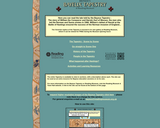
This web site allows students to view parts of the Bayeux Tapestry which tells the story of early Enligh History through a series of pictures. The activities attached to it allow students to create their own tapestry story along with the creation of objects from the time period. There are also suggestions for ways to tie the tapestry in with other subject areas.

In this lesson, students use a variety of multimedia resources to analyze the geogrpahic, political, social, economic, and religious structures of the civilizations of Ancient India.

In this lesson, students use a variety of multimedia resources to analyze the geographic, political, social, economic, and religious structures of the civilizations of Ancient Rome.
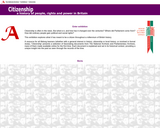
This exhibition explores what it has meant to be a citizen throughout a millennium of British history. Click through to find full documents from each time period, as well as a quiz page.
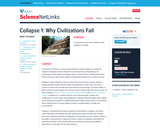
In this lesson, students learn about factors that cause major social changes and about prerequisites for a society’s survival.

In this inquiry, students examine the extent to which the Chinese and Romans had knowledge of and interacted with one another. This inquiry is about the historical antecendent to the Silk Road.

Students will explain factors that influenced the movement of people over time by examining the correlation between indentured servitude in the early American colonies and undocumented immigration today. They will understand how demographic trends, such as push and pull factors, lead to conflict, negotiations, and compromise in modern societies.
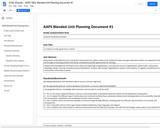
Students will investigate the Silk Road to learn about the beginnings of globalization, and study the process of globalization, global trade, comparative advantage, design, sourcing, manufacturing and distribution. Students will consider if globalization results in more positive or negative contributions to our communities and society as whole.
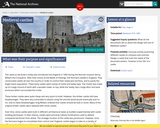
This resource discusses the purpose and significance of castles during medieval times, following their introduction in 1066.

In this lesson, students gain an understanding of North Carolina Native Americans, their way of life and their culture by assuming the role of an archeologist and recreating an artifact that would have been used by Native populations in the pre-colonial period.
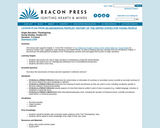
This lesson plan supports chapter 3, “Cult of the Covenant,” in An Indigenous Peoples’ History of the United States for Young People by Roxanne Dunbar-Ortiz, adapted by Jean Mendoza and Debbie Reese, as well as drawing upon key concepts from the introduction chapter. It deconstructs the philosophical foundation of the Thanksgiving narrative and interrogates the function of origin narratives.

In this unit, students will study what common interests and goals lead to the rise of great civilzations, the political leadership and government influence on ancient cultures, and what common factors broght about the decline of notable civilizations.

During this unit students will examine civilizations from around the globe to examine similarities and differences from various cultures. A key component of this unit will be to identify areas of innovation to understand how they led to the advancement of the society as a whole.

In this lesson, students will conduct research in order to create a map that shows the many different groups that migrated to the Mesopotamian region in ancient times. The module overview, from which the supplemental resources can be accessed, is located at http://teachmiddleeast.lib.uchicago.edu/historical-perspectives/the-question-of-identity/before-islam-mesopotamia/index.html
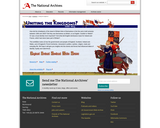
This resource looks at how the governments and people of England, Scotland, Ireland, and Wales, and of England's French territories, interacted in politics, warfare, religion, trade, and everyday life.

Students will complete a webquest to determine who Alexander was, what he did, and how his accomplishments were meaningful.

In this lesson, students will explore the motives of Christopher Columbus's 1492 exploration, the controversy surrounding the changes Columbus's voyages initiated, and the impact of the Columbian Exchange on Native American cultures. Students participate in two simulation activities and a class discussion of these topics.

This inquiry provides students with an introduction to a historical example of religious tolerance and cooperation as it evolved in Islamic Spain, also known as Al-Andalus. This inquiry examines the establishment of Al-Andalus as an emirate of the Imayyad Caliphate and later as a caliphate of its own in 926 CE. The inquiry provides students with an opportunity to examine the establishment of the calipahte of Cordoba as a center of knowledge, innovation, and religious tolerance.